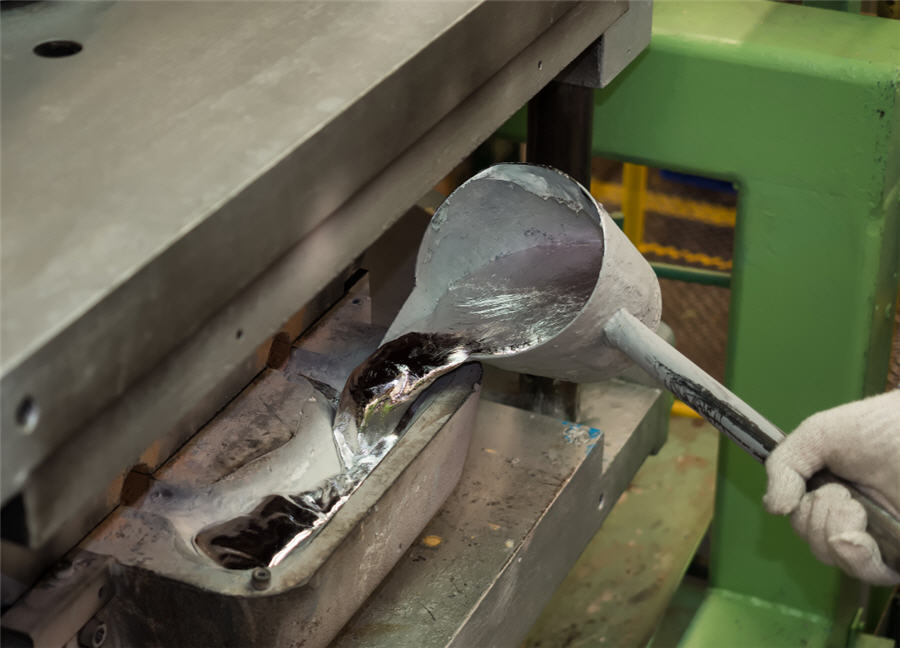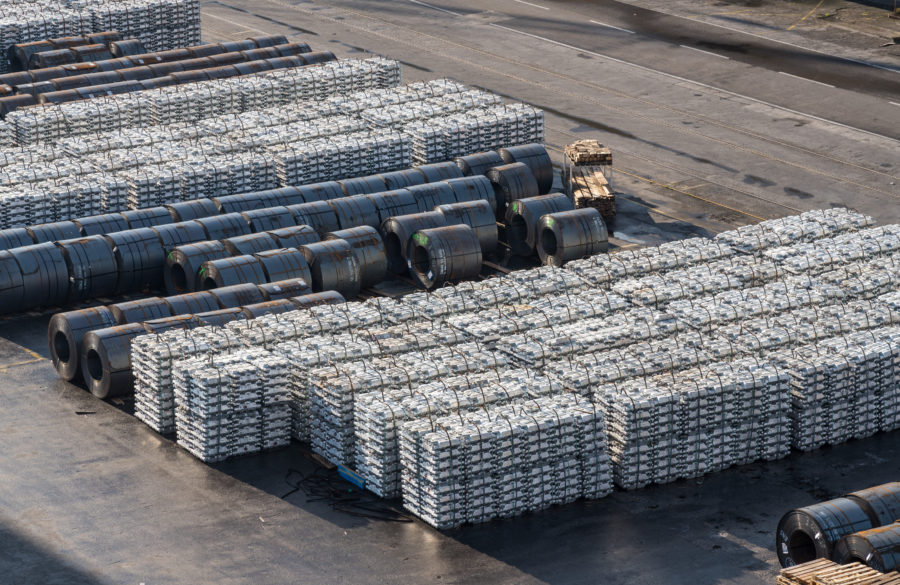Global aluminium production growth brakes sharply in 2018

Global aluminium production grew at its slowest pace in a decade in 2018, and most of that was in the first half of the year.
Output totalled 64.34 million tonnes, according to the International Aluminium Institute (IAI), up by just 1.5 percent on 2017. Production did no more than flat-line over the second half of 2018.
It was the weakest production performance since 2009, when the industry was battered by the global financial crisis, a collapse in prices and multiple smelter closures.
Even China, the world’s dominant producer, ran out of expansion steam last year with growth of 1.6 percent, while the rest of the world managed just 1.4 percent.
For the world outside China it was a year of unusually high disruption rates but for smelters everywhere the real problem is price.
As articulated by U.S. producer Alcoa last week, at current prices some 30-40 percent of the world’s smelters are losing money.


Chinese aluminium machine stutters
The IAI’s assessment of Chinese production last year jars with the official figures from China’s National Bureau of Statistics (NBS).
The NBS figures suggest China’s output surged to a record high of 3.050 million tonnes in December with full-year output apparently up 7.4 percent.
This is a “record” only within the troubled parameters of the official count, which started losing credibility some time during Beijing’s “illegal” capacity closure campaign of 2017.
The IAI now compiles its own estimate with inputs from three Chinese research companies — Aladdiny, Antaike and China Nonferrous Metals Industry Association — as well as international research house CRU Group.
The difference between the NBS figures and those published by the IAI is dramatic.
The IAI’s estimate of Chinese production in 2017 was 3.65 million tonnes higher than that of the NBS. The gap last year was a still significant 700,000 tonnes.
That’s a lot of aluminium to go statistically missing, creating an element of double vision in trying to figure out how much metal the world’s largest producer is actually producing.
The IAI’s version of Chinese smelting reality is more internally consistent and tallies better with the accumulating evidence of smelter curtailments towards the end of last year as Shanghai prices sank to two-year lows.
A weaker pricing environment and evident over-supply in the Chinese market is going to restrain output growth.
Smelter margin compression is proving a more powerful driver of short-term production trends than the winter heating season restrictions but these haven’t totally disappeared either, witness the expected 500,000-tonne hit to Hongqiao Group ordered by the city of Binzhou in Shandong province.
The fact that Chinese production grew at all last year is a reminder that new capacity is still being brought on line.
Smelter hits
Outside of China production growth was dampened by an unusually high level of disruption.
Latin American output has been in long-term decline for a decade but dropped another 15 percent in 2018 due to a 50 percent curtailment of the 450,000-tonne per year Albras smelter in Brazil.
Hydro, which operates the plant, has trimmed operating rates to match lower supplies of alumina from its Alunorte refinery, currently operating at half capacity as mandated by a Brazilian court on environmental grounds.
In North America, capacity restarts by Alcoa, Century Aluminum and Magnitude 7 Metals (the old New Madrid smelter) were completely offset by the loss of production from the Becancour smelter in Canada.
A union lock-out has been running for more than a year and production at the smelter fell to 136,000 tonnes in 2018 from 438,000 tonnes in 2017, according to minority owner Rio Tinto.
Alcoa, majority owner and plant operator, said in December it would curtail half of the one line still operating at the plant to align it with the number of salaried employees remaining.
The Becancour impact translated into North American production falling for the fifth straight year, recording an annual drop of 4.5 percent.
There were smaller outages at the Dunkirk plant in France and Hillside in South Africa earlier in the year, both of which served to reduce marginally output in those regions.
The only area of significant geographical growth was the IAI’s non-China Asia region, which captures the continued build-out of capacity in India.
And despite grabbing many of the year’s headlines, U.S. sanctions on Russia’s Rusal appear to have had no impact whatsoever on the company’s smelter operating rates.
Eastern European production last year came in at 4.05 million tonnes, up 1.25 percent on 2017.
What’s next for 2019?
Given the unusually high number of disruptions to plants in the Western World last year, it seems likely output will pick up some momentum this year, particularly given the cumulative effect of U.S. restarts.
But the bigger question, as always with aluminium, is what happens in China, which accounted for 57 percent of global production in 2018.
There appears to be something of a backlog of permitted capacity waiting to come online but the pace of activation is going to be heavily dependent on market conditions.
It is quite clear from the bombed-out Shanghai price and the scale of China’s exports of semi-fabricated products last year that 2018 was a particularly weak year for Chinese demand.
A downturn in both the automotive sector and construction completions, both closely correlated with aluminium usage, was exacerbated by the simmering trade dispute with the United States.
A weaker pricing environment and evident over-supply in the Chinese market is going to restrain output growth.
The government, meanwhile, remains focused on over-capacity in the sector.
“While the Central Economic Work Conference in December implicitly relaxed supply-side restrictions in a number of industries, aluminium was one specifically called out as still having excess capacity,” analysts at BMO Capital Markets wrote. (“Aluminium: Can a record deficit really feel this bad?”, Jan. 8, 2019).
China’s aluminium production, to quote Wood Mackenzie, “is not going to fall off a cliff in 2019”.
Equally, it is becoming increasingly clear that years of unfettered expansion with double-digit growth are in the past.
(By Andy Home; Editing by Edmund Blair)
More News
China’s mining investment under Belt and Road Initiative sets new record – report
China's overseas mining investment under its Belt and Road Initiative hit another peak last year at $21.4 billion.
March 29, 2025 | 10:26 pm
Column: Europe’s future metals strategy hindered by current crisis
Chinese over-capacity and high energy prices have accelerated the long-term decline of European steel and aluminum production.
March 29, 2025 | 02:25 pm
{{ commodity.name }}
{{ post.title }}
{{ post.excerpt }}
{{ post.date }}



Comments